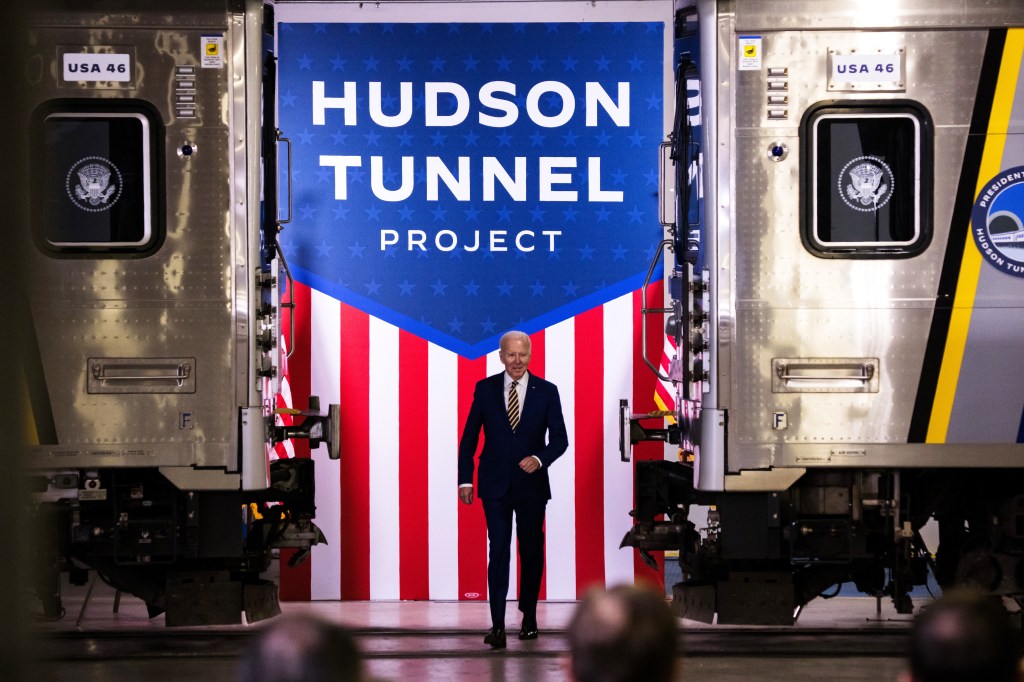Renderings via
With just months left in his final term, New York City Mayor Michael Bloomberg seems hell-bent on leaving an ever-bigger mark on the city. Having just broken ground with Google’s Schmidt family at a new park on Governor’s Island, and announced a major Midtown East rezoning effort earlier this year, he’s now unveiled a multi-billion dollar housing project for the Lower East Side. At this point, I’d advise setting a Google alert for “Bloomberg unveils” if you plan on keeping up.
The new project Bloomberg calls ‘Essex Crossing.’ It will take “the largest stretch of undeveloped City-owned land in Manhattan below 96th Street” and transform it into “vibrant mixed-use space.” Nine sites at the intersection of Essex and Delancey Streets will become 1.65 million square feet of additional housing in the area for low, moderate, and middle-income families in one of the city’s most historic neighborhoods. Right now, the area—if you’re unfamiliar—looks a little something like this:
Videos by VICE
Image courtesy of Inhabit
Many of the red boxes above, which include several 50-year-old surface parking lots, have now been spoken for in the Essex Crossing project.
Bloomberg describes the area that buffers the F train as a “tech corridor,” including Roosevelt Island, Dumbo, and downtown Brooklyn. Apparently it’s time for the Lower East Side to catch some of that momentum, which if we look at the median income levels, is a bit behind the rest of the ‘corridor.’ The Lower East Side is already familiar with gentrification projects, having seen dozens in the past decade. And though this project is substantial, it’ll still catch shade off of the neighboring low-income highrises.
The development will include:
- New and expanded Essex Street Market
- A dual-generation school operated by the Educational Alliance
- A bowling alley
- A movie theater
- A community center run by Grand Street Settlement
- A rooftop urban farm
- The Andy Warhol Museum
- Upgraded DOT plazas
- 250,000 square feet of office space and a diverse mix of retail space
Like its counterparts along the tech corridor, Essex Crossing will include a “tech co-working and incubator space,” which correct me if I’m wrong, is just one of those things you say when you’re developing city land nowadays. Utilizing $1.1 billion dollars of investment from Delancey Street Associates, the project will create approximately 4,400 temporary building-related jobs. When it’s finished it will add 1,600 jobs. Here is the mayor, introducing the utopian village:
Essex Crossing will be targeted at “household incomes ranging on average from $31,700 to $133,000 per year for a family of four,” which if you’ve taken in the vicinity, seems like a good intermediary price point. The project, if successful, could bridge the existing socioeconomic gap in the Lower East Side between a) NYCHA residents south of Delancey with their rent-controlled pads in the projects and b) college grads, yuppies, and dropouts north of Delancey in their stylishly overpriced broom closets.
The project won’t be underway until Spring 2015, and the first five buildings won’t be complete until Summer 2018. The following two buildings won’t open their doors for about a decade. It might seem painfully slow, but a slow-moving project is better than nothing. Many of the lots Essex Crossing will be developed on have stagnated since the ’60s. Then, a federal urban renewal plan took care of some adjacent lots, but left the existing parking lots as orphans. Ever since, there’s never been a community consensus on what else to use the land for.
As rents soar in a city thirsting for housing, density in the Lower East Side has actually shrunk in the past 100 years (from 70 people per 5,000 square feet to 16 people per 5,000 square feet), I’ll be curious to see Essex Crossing slowly come about in the next decade. In the event that brand new, affordable housing begins to pop up around the Lower East Side, I’ll be pleasantly surprised. In the event that the Lower East Side begins to look more like the gentrification projects of Fulton Street, Dumbo, and other stops along the “tech corridor,” I won’t be.



